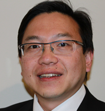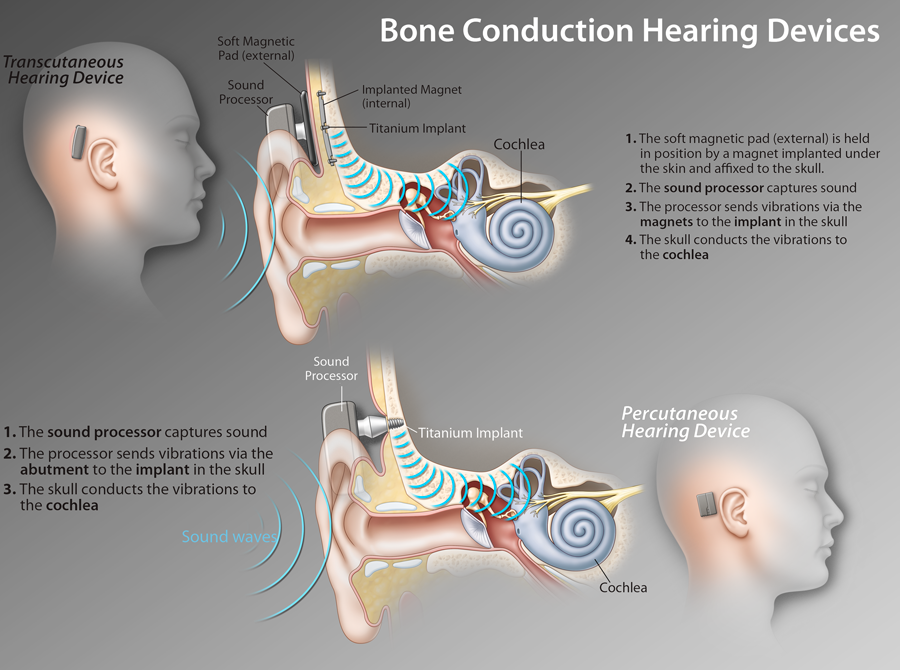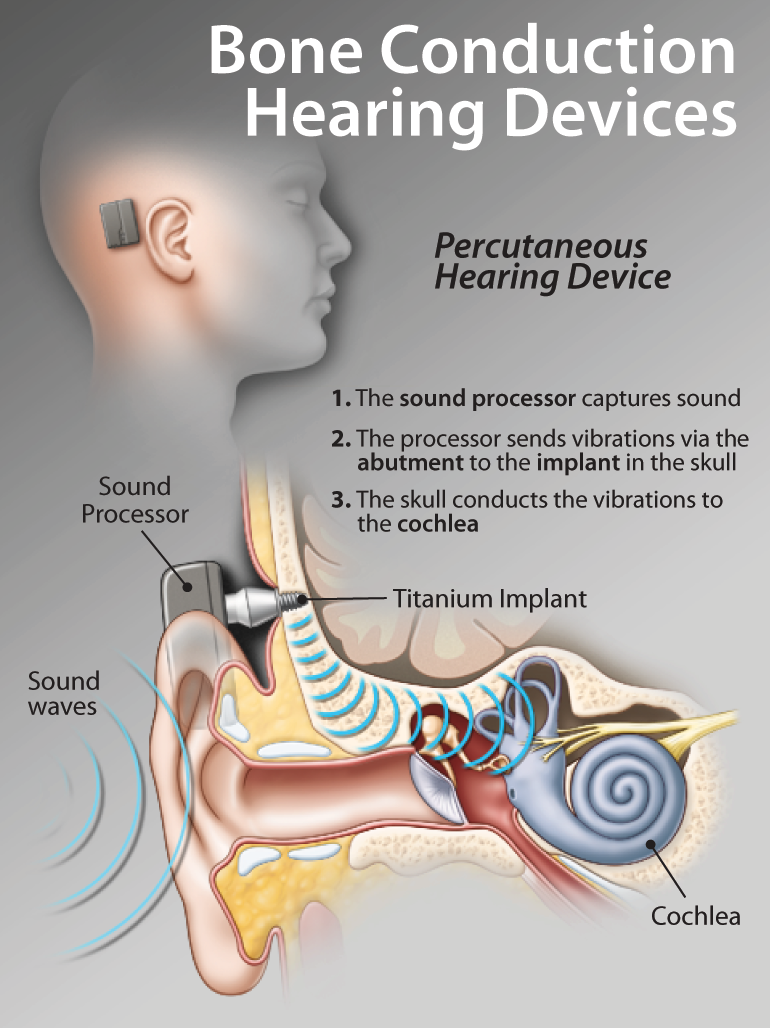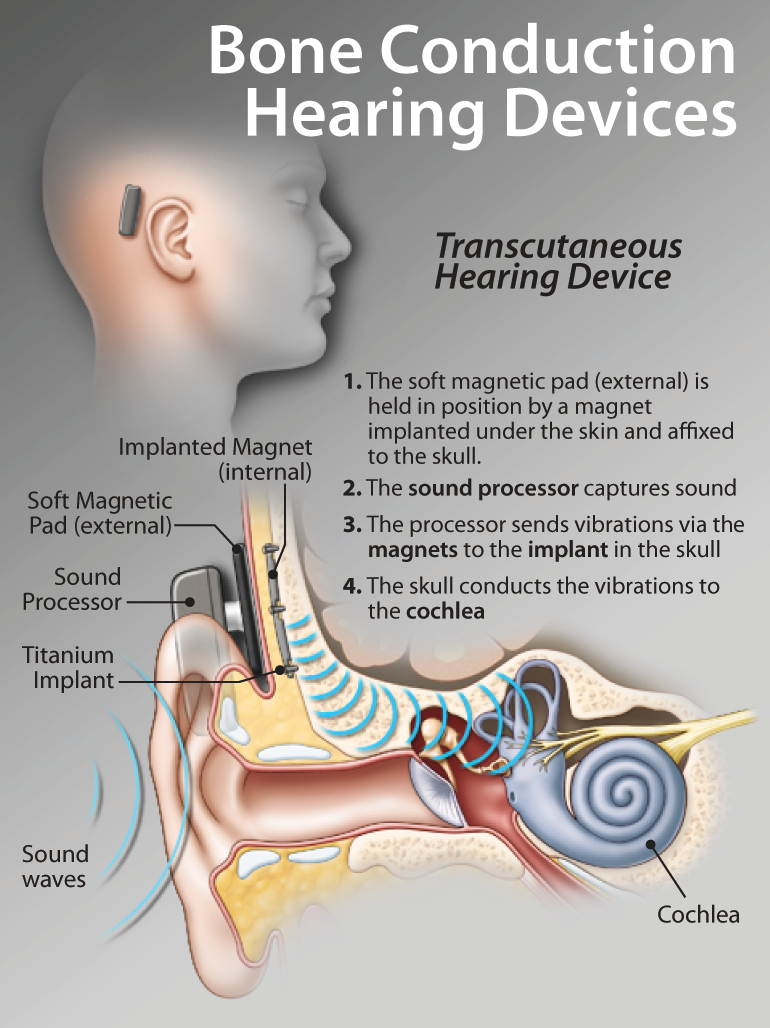Mary Beth Jennings, PhD, Reg. CASLPO, Aud(C), FAAA, Audiologist, Assistant Professor, National Centre for Audiology, Faculty of Health Sciences, University of Western Ontario, London, ON.
Frances Richert, MSc, Reg. CASLPO, Audiologist, H.A. Leeper Speech and Hearing Clinic, School of Communication Sciences and Disorders; National Centre for Audiology, Faculty of Health Sciences, University of Western Ontario, London, ON.
Older adults are the fastest-growing age group in Canada. Hearing loss is highly prevalent among this population. Of those persons who would benefit from the use of hearing aids, only a small number actually own and use them. Digital hearing aids now constitute the majority of hearing aids on the market. Technological advances in hearing aids and hearing assistive technologies have expanded the range of options available to improve the success of device use. Matching the needs and optimizing performance of older adults with the broad range of devices available requires appropriate assessment, selection, verification, and follow-up by the audiologist.
Key words: hearing aids, hearing assistive technologies (HATS), rehabilitation services, older adults.





